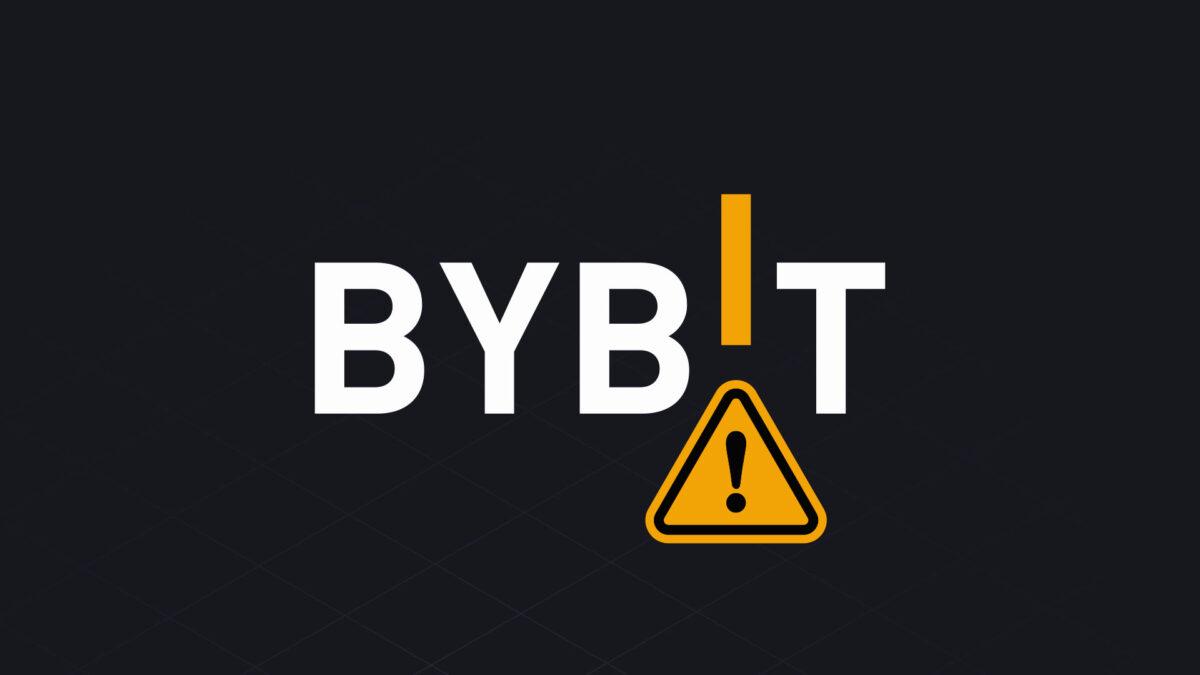从 11 月 11 日到 19 日,Usual 的治理代币 $USUAL 实现了从 $0.2 到 $1.3 的惊人涨幅,短短九天内增长超过 500%。
Tether 和 Circle 在 2023 年赚取了超 100 亿美元,估值突破 2000 亿美元,但这些财富与用户无关——他们的模式是将用户存款的利润私有化,同时将风险转嫁给社会。这样的机制,和传统银行业的问题如出一辙,完全背离了去中心化金融的初衷。
Usual 提供了一种全新的稳定币思路:重新分配价值和权力,让用户真正成为系统的主人。通过治理代币,Usual 把协议产生的所有收益和决策权都交还给社区,让每个参与者都能分享生态增长的红利。
在一个被中心化巨头主导的市场里,Usual 试图打破现状,通过DeFi的方式为用户创造一个更公平、更透明的金融体系。

什么是Usual?
USUALLY是一个法币稳定币发行商,和Tether,Circle不同的是,他是一个去中心化的发行商而非高度中央集权,最近火爆圈里的$USUAL则是他们发行用于重新分配所有权和治理的代币。
USUALLY最早于今年初出现在人们视野中,四月份时,其完成了IOSG Ventures 领投的700万美元融资;六月份时,发布了自己的协议Usual Protocol;七月份时,Usual 在主网上线;11月19日,$USUAL代币正式上线,在12月23日,Usual又完成 1000 万美元A轮融资。
为什么选择去中心化?
现在,稳定币市场规模已突破 1000 亿美元,但其价值主要集中在 Tether 和 Circle 等中心化巨头手中,普通用户几乎无法从中受益。这种中心化模式不仅剥夺了用户的收益权,也让稳定币的发展局限于少数机构的掌控之下。
Usual 针对这一市场痛点,提出了一种全新的解决方案:通过去中心化赋能用户,让他们成为协议基础设施、资金和治理的核心参与者,从而打破传统稳定币的垄断格局。
Usual 的治理代币 $USUAL 实现了 100% 的价值和控制权重新分配,确保社区用户拥有主导权。协议通过分配治理代币,将收益回馈给贡献价值的用户和第三方,不仅优化了财务激励机制,还赋予生态系统参与者更多的权力和话语权。相比传统模式,Usual 的去中心化设计通过奖励早期贡献者,协调所有利益相关者的利益,使协议更具活力与包容性。
目前市场上的稳定币发行者大致可分为三类:
- 传统模式:例如 Tether,将所有收入分配给其股东。用户仅能获得一种与 DeFi 兼容的稳定币,却无法享受收益或协议增长的红利。
- 收益型稳定币:由 Ondo 或 Mountain 等机构发行,允许用户通过许可机制分享基础收益。然而,用户仅能获得收益,却无法受益于协议增长。例如,无论 USDM 的 TVL 是 1 亿美元还是 1000 亿美元,用户的收益始终固定在 5%。
- Usual 模式:Usual 将收益与增长合二为一。通过 $USUAL 治理代币重新分配价值,用户不仅获得稳定币收益,还拥有协议的所有权和增长潜力。
Usual 的去中心化理念为稳定币市场注入了新鲜的理念,让其在稳定币市场独树一帜。
USUAL的三个核心产品
Usual 的核心产品包括:USD0、USD0++ 和 USUAL 治理代币。这三者共同构成了 Usual 的核心生态系统。

USD0
USD0是 Usual Protocol 推出的第一个流动性存款代币(LDT)。它由真实世界资产(RWA)如美国国库券1:1支持,确保了其极高的稳定性和安全性。USD0 不仅是一个与美元挂钩的稳定币,还是一个无许可、可组合的资产,可以无缝集成到 DeFi 生态系统中。通过 USD0,Usual 让用户能够更加安全地进行支付、交易和抵押操作,同时确保了与传统银行存款无关的安全性。
USD0++
USD0++是 USD0 的一种质押版本,也可以视为一种流动性存款代币(LST)。用户可以将 USD0++ 作为 4 年期债券进行质押,以换取 $USUAL 代币作为收益奖励。USD0++ 保持了 USD0 的稳定性,同时通过去中心化的收益分配机制,使得用户能够获得协议的收益。此外,USD0++ 也具有很高的流动性和可组合性,可以广泛应用于 DeFi 协议中,为持有者提供更高的收益潜力。
USUAL 治理代币
USUAL 治理代币则是整个 Usual Protocol 的核心,它赋予持有者在协议中的决策权和治理权。USUAL 代币通过去中心化的治理机制,让用户不仅能参与协议的管理,还能从协议的成长和收益中获得实际利益。90% 的 USUAL 代币将分配给社区,只有 10% 留给协议团队和投资者,这确保了社区的主导地位,并激励更多用户参与协议的建设和发展。
通过这三大核心产品,Usual 不仅提供了稳定性和收益,还通过去中心化的机制确保了用户在协议中的控制权和价值分配。
USUAL代币经济学
现在市场上很多治理代币的设计都有点问题。大多数代币的模型基本都是抄袭来的,没能有效平衡短期投机者和长期投资者的利益,结果就是代币价格容易受炒作影响,造成抛售压力。同时,这些代币的价值、治理和收入潜力之间也没啥紧密联系,更多的是依靠市场热度推高价格,反而忽视了为用户创造实际价值。创始人和团队通常持有大量代币,而普通用户的持有价值却不断被通货膨胀侵蚀,最终导致代币贬值。
与这些传统代币不同,Usual 通过一个独特的代币经济模型,确保用户、贡献者和投资者的利益能够长期结合,从而实现可持续的价值增长和实际效用。这种设计避免了短期炒作,注重稳定和长期价值的创造,真正让每个参与者都能受益。
USUAL 代币是 Usual Protocol 生态的核心,主要用于治理,同时也为持有者提供经济利益。代币的价值来源于其代表的经济权利以及稳定币抵押品所带来的实际收益。简单来说,当协议产生收入时,USUAL 的价值就会增长,这样持有者就能分享协议的成长。
在代币分配上,Usual 为了避免过度稀释,主要通过 USD0 的总价值锁仓(TVL)将90% 的 USUAL 代币分配给那些为协议贡献价值和收入的用户。而团队、投资者和顾问等的代币合计持有量不会超过总供应量的 10%。这种分配方式确保了用户的利益不会因过度发行而被稀释。
USUAL 的发行机制与稳定币抵押品所产生的现金流直接挂钩。每当用户质押 USD0 时,协议就会铸造出新的 USUAL 代币。随着协议收入的增加,代币供应量也会跟着增加。这样的设计确保了代币的发行速度不会超过协议的经济增长速度,避免了过快的通货膨胀。
Usual 的代币发行是一个通货紧缩型的模型,发行速率是经过精心校准的,保持在协议收入增长的速度以下。这意味着,随着协议的发展,USUAL 代币会变得越来越稀缺,保证代币的价值长期稳定。
此外,USUAL 持有者还将参与协议财政管理的决策,决定如何使用协议的收入,比如通过销毁代币或者进行收入分配等。这样,持有者不仅可以治理协议,还能影响协议的财政策略和长期发展。
最后,USUAL 持有者还能通过质押代币获得奖励。当你质押 USUAL 代币时,它们就会转变为 USUAL+,持有 USUAL+ 的用户可以获得最多 10% 的新铸造 USUAL 代币,具体比例根据发行规则决定。这不仅提供了额外的收益,也激励用户长期参与协议的建设和生态发展。
参与USUAL项目稳赚无风险?
USUAL的出现不禁让人想起了The DAO,Luna,最初也是全币圈看好的项目,但最终因为合约漏洞或代币经济学,一瞬间崩塌。虽然USUAL看起来很有潜力,采用了创新的代币经济学和强大的安全防护机制,但毕竟区块链项目本身就存在一定风险,无论多么精心设计,也无法完全排除漏洞和攻击的可能性。
USUAL的安全审计
USUAL目前的安全审计有5次,所审计的机构为Cantina,其审计工作主要有:
权限启动智能合约审计,无需许可启动智能合约审计,L2代币合约,OFT MintAndBurnAdapter 和 L1 OFT Adapter,USD0++ 和 DAO 抵押物合约,SwapperEngine 和 USUAL代币合约,USUAL分发和空投合约,Blackthorne 审计等。
虽然安全审计做足了,但并没有公布其私钥保管等方式。毕竟有DEXX和Radiant的先例,所以并不能说明USUAL一定安全。

USUAL安全监控是否存在缺陷?
USUAL官方文档给出的监控框架已经很完善了,但仍有一部分小问题:
监控覆盖范围的局限性:
目前的监控框架主要集中在协议内部关键操作的监控,但对于外部接口、第三方集成或与其他链的交互(如跨链操作)可能没有足够的实时监控。假如协议与外部系统的交互存在漏洞或被攻击者利用,现有的监控可能无法及时发现问题。
阈值设置:
在阈值警报系统中,异常交易量、大量代币波动或价格波动可能触发警报。然而,市场的波动性和某些特殊事件(如大规模交易或市场调整)可能会被误认为是异常行为。如果阈值设置不够智能化或不适应市场变化,可能会出现过度警报或漏报,导致无法及时反应或造成误导。
多重签名的潜在风险:
就如Radiant被盗的例子,尽管多重签名钱包的活动被实时监控,但多重签名本身可能存在管理不当的风险。如果参与签名的成员出现失误、被黑或恶意行为,监控系统可能未必能够提前发现不正常的授权操作。
最后
USUAL协议在创新方面做得很出色,采用了与实际收入挂钩的代币发行模型,确保了长期的价值增长。此外,它的安全机制也很强大,像自动“断路器”可以在检测到风险时立即暂停操作,保护用户资产。不过,也有一些潜在风险,比如自动防御机制可能会误判或漏报,另外多重签名和外部接口的安全也需要持续关注。
总体来说,USUAL的设计在解决区块链协议的投机问题和提升安全性方面提供了很有前景的解决方案。






